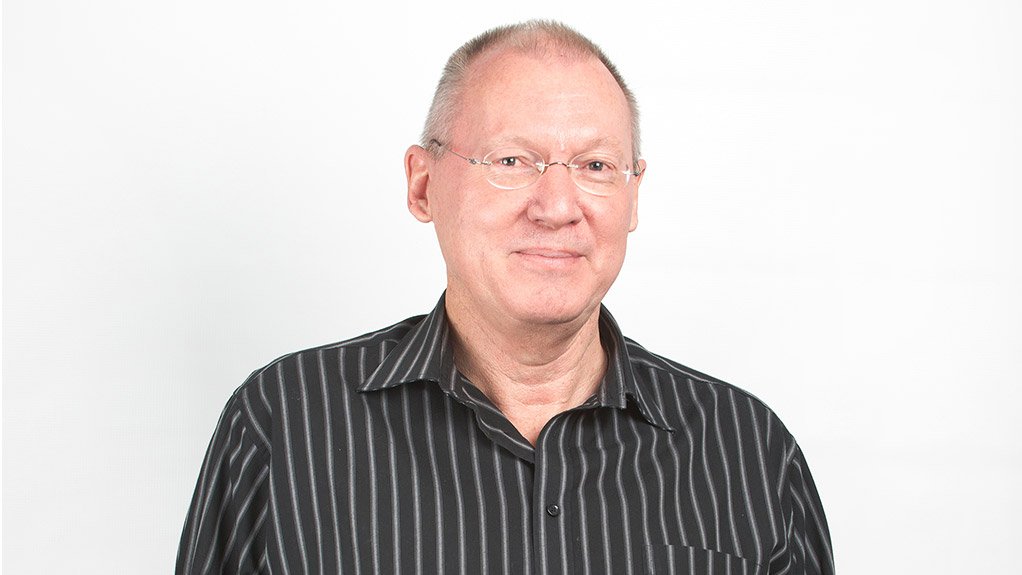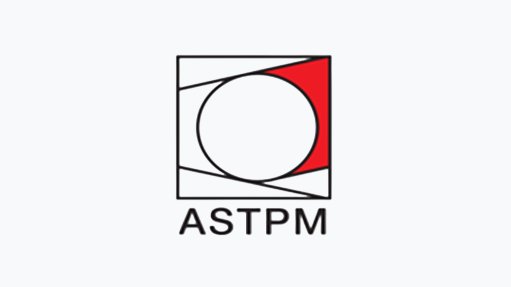EnviroServ returning to its roots following Shongweni malodour issue



Shongweni landfill, in KwaZulu-Natal.
EnviroServ technical specialist Dr Johan Schoonraad
After acknowledging that its KwaZulu-Natal-based Shongweni landfill was a contributor to malodour, waste management company EnviroServ has returned to its “old way of disposing of waste”, which comprises using lime to raise the alkalinity (pH) levels at its landfill sites.
This decision, EnviroServ technical specialist Dr Johan Schoonraad explains to Engineering News Online, followed after communities surrounding the landfill complained about noxious fumes emanating from the landfill site.
This led to the company initiating an investigation at this site, which found that pH levels had shifted to neutral, opening the way for an environment where “bad bacteria” were able to convert sulfates into an odorous gas known as hydrogen sulfide.
EnviroServ says a study done by toxicology expert INFOTOX had shown that this was the only pollutant being emitted from the site.
The change in pH levels, Schoonraad points out, is a consequence of the company’s decision, in 2013, to start implementing the then new waste management measures introduced by the Waste Regulations.
However, owing to the increasing amount of public complaints, the Department of Environmental Affairs (DEA) suspended the landfill’s operations in terms of Section 56 of the National Environmental Management: Waste Act, in April 2017.
This was enforced by a court order from the Durban High Court, which was granted to civil group Upper Highway Air.
Schoonraad laments that, despite the company’s efforts to engage the community on this issue and keep them informed regarding the progress of environmental studies, the community made the decision to litigate.
“It became very difficult for us, but we continued attempts to engage – but once you enter into litigation, it becomes a difficult exercise.”
Following two years of uncertainty surrounding the landfill site, Shongweni, after a long remediation process, was, in September granted permission to begin accepting certain waste streams, subject to conditions set by the DEA, and in recognition of its remediation efforts.
REMEDIATION PLAN
In the interim, since the odour issue came to light, EnviroServ has undertaken a large amount of remediation work and continues to closely monitor all emissions.
In the remediation plan, the front face of the landfill has been capped to limit the escape of odours and to prevent the infiltration of rainwater. A gas extraction and treatment system, involving a bio-scrubber and gas flare, was also installed.
The leachate storage tanks and stone drainage layer have also been covered and linked to the gas collection network to reduce the venting of hydrogen sulfide.
Additionally, EnviroServ made use of contaminated stormwater available on site, which it treated to a high alkalinity, to “try and adjust the pH on our site”, explains Schoonraad.
That has raised the pH at the landfill, he adds, noting that since remediation has been implemented, the Shongweni landfill has seen an improvement in its fugitive hydrogen sulfide emission levels.
“This is an active landfill site and we have implemented various remediation and control measures. We are constantly monitoring emissions and the situation is under control,” he averred.
THERE’S STILL SPACE
In other news, Schoonraad told Engineering News Online that claims of South Africa running out of landfill space, are incorrect.
“It’s something which I believe is misinterpreted. The commercial waste management industry is not running out of space,” he pointed out.
The misinterpretation, Schoonraad explains, lies at municipalities who are running out of capacity at existing landfills, and need to build new sites.
In terms of space, he believes “it wouldn’t be a major issue to find another area where another municipal landfill site could be built and operated”.
Schoonraad also commented on the debate surrounding waste-to-energy, which is a term used to describe various technologies that convert nonrecyclable waste into usable forms of energy, including heat, fuels and electricity, and which can occur through a number of processes, such as incineration, gasification, pyrolysis, anaerobic digestion and landfill gas recovery.
Schoonraad explains that when you’re competing against a still abundant and cheap resource, like coal, it doesn’t make sense to try and produce electricity with an expensive facility, while competing against existing infrastructure, which is still being paid for.
Nonetheless, he believes landfills, in the South African context, are a good solution in the attempt to find a cheaper source of energy, than renewable energy implementation.
Landfill disposal, Schoonraad believes, is a solution that can deal with waste and produce cheaper energy in the form of landfill gas.
Article Enquiry
Email Article
Save Article
Feedback
To advertise email advertising@creamermedia.co.za or click here
Comments
Press Office
Announcements
What's On
Subscribe to improve your user experience...
Option 1 (equivalent of R125 a month):
Receive a weekly copy of Creamer Media's Engineering News & Mining Weekly magazine
(print copy for those in South Africa and e-magazine for those outside of South Africa)
Receive daily email newsletters
Access to full search results
Access archive of magazine back copies
Access to Projects in Progress
Access to ONE Research Report of your choice in PDF format
Option 2 (equivalent of R375 a month):
All benefits from Option 1
PLUS
Access to Creamer Media's Research Channel Africa for ALL Research Reports, in PDF format, on various industrial and mining sectors
including Electricity; Water; Energy Transition; Hydrogen; Roads, Rail and Ports; Coal; Gold; Platinum; Battery Metals; etc.
Already a subscriber?
Forgotten your password?
Receive weekly copy of Creamer Media's Engineering News & Mining Weekly magazine (print copy for those in South Africa and e-magazine for those outside of South Africa)
➕
Recieve daily email newsletters
➕
Access to full search results
➕
Access archive of magazine back copies
➕
Access to Projects in Progress
➕
Access to ONE Research Report of your choice in PDF format
RESEARCH CHANNEL AFRICA
R4500 (equivalent of R375 a month)
SUBSCRIBEAll benefits from Option 1
➕
Access to Creamer Media's Research Channel Africa for ALL Research Reports on various industrial and mining sectors, in PDF format, including on:
Electricity
➕
Water
➕
Energy Transition
➕
Hydrogen
➕
Roads, Rail and Ports
➕
Coal
➕
Gold
➕
Platinum
➕
Battery Metals
➕
etc.
Receive all benefits from Option 1 or Option 2 delivered to numerous people at your company
➕
Multiple User names and Passwords for simultaneous log-ins
➕
Intranet integration access to all in your organisation
















